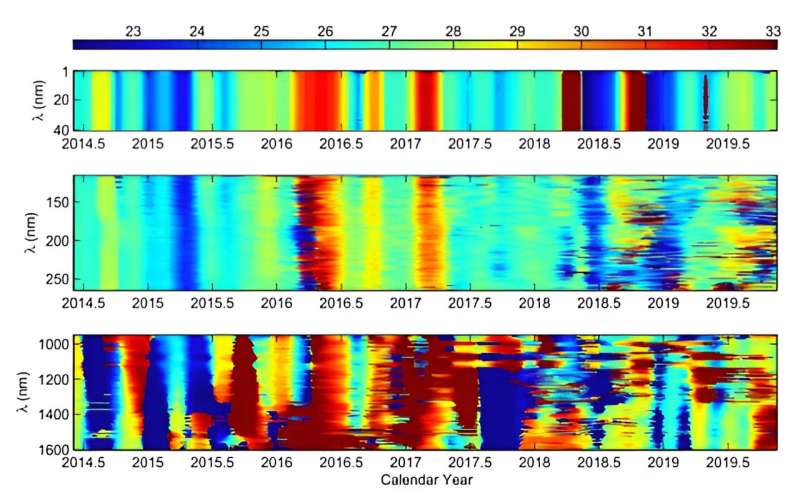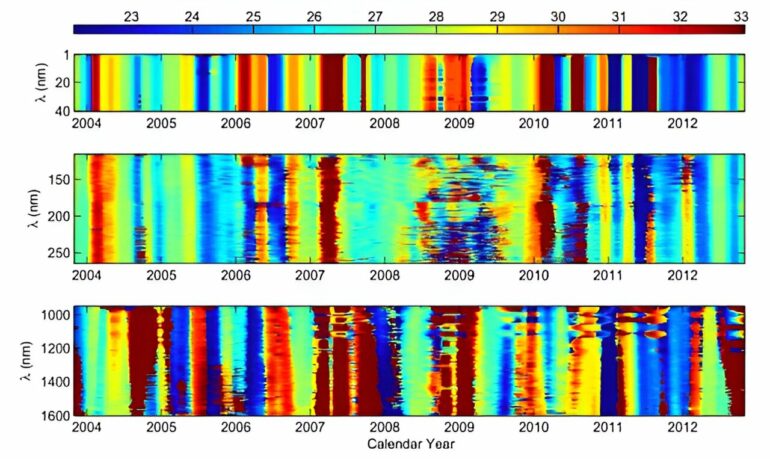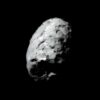Solar rotation, a fundamental characteristic of the sun, is second in importance only to the Schwabe cycle, an approximately 11-year cycle. The energy and matter of the solar atmosphere originate from the interior of the sun and drive the rotation of the solar atmosphere from the inside out.
Historically, based on the overall behavior of the sun, it was expected that the rotation of the upper solar atmosphere would not exceed that of the lower solar atmosphere. However, with the accumulation of observational data, recent studies have suggested a contradictory perspective: The rotation of the corona, the sun’s outermost layer, is faster than that of the underlying photospheric atmosphere.
These two conflicting views have sparked a scientific debate, leaving the faster rotation of the corona compared to the underlying photospheric atmosphere an unsolved mystery.
A study published in Scientific Reports by Xiang Nanbin from the Yunnan Observatories of the Chinese Academy of Sciences (CAS), together with Zhao Xinhua from the National Space Science Center of CAS, and Prof. Deng Linhua from Yunnan Minzu University, has made progress in understanding the relationship between coronal rotation and magnetic structures, and the driving force behind variations in solar coronal rotation.
In this study, the researchers have discovered that solar activities, both violent and slow, are influenced by magnetic activities. These activities occur at various altitudes in the solar atmosphere and are associated with different categories of magnetic fields.
They focused on four categories of solar small magnetic elements. These include elements not correlated with the sunspot cycle, elements with anti-correlation to the sunspot cycle, elements anti-correlated with the sunspot cycle, and elements in-phase with the sunspot cycle. Using a wide range of solar spectral irradiances, the researchers examined the relationship between coronal rotation and magnetic field structures.

Temporal variation of the rotation periods for all solar spectral irradiances considered. © Xiang Nanbin
For the first time, the effect of different magnetic structures on the temporal variation of the rotation of the coronal atmosphere during different phases of the solar cycle was uncovered.
The researchers found that during the solar maximum, the temporal variation of the rotation for the coronal plasma atmosphere is primarily controlled by the small-scale magnetic elements with anti-correlation with the sunspot cycle. However, during periods of relatively weak solar activity, it is dominated by the combined effect of both the small-scale magnetic elements with anti-correlation with the sunspot cycle and the elements in phase with the sunspot cycle.
This study not only provides an explanation for the inconsistent results of previous studies on coronal rotation, but also reveals why the coronal atmosphere rotates faster than the lower photosphere. This discovery represents a significant advance in our understanding of solar activities and their impact on our solar system.
More information:
N. B. Xiang et al, Study on the relation of the solar coronal rotation with magnetic field structures, Scientific Reports (2023). DOI: 10.1038/s41598-023-48447-0
Provided by
Chinese Academy of Sciences
Citation:
Revealing the secrets of the sun: How magnetic structures drive coronal rotation (2023, December 13)



